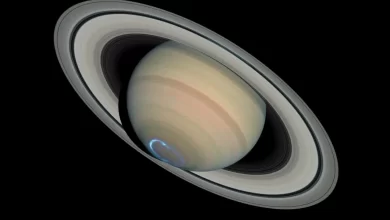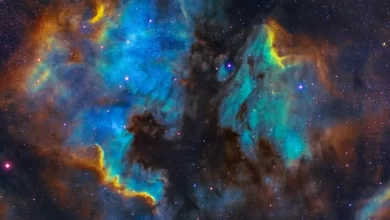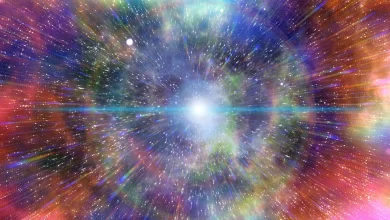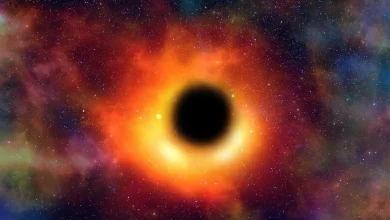The surface of Neptune differs greatly from that of the other planets. Neptune has a rocky inner core that is completely surrounded by water. It has a 74% hydrogen, 25% helium, and 1% methane atmosphere. Neptune’s climate is extremely cold. The water around Neptune’s core is extremely cold. Neptune also has the most wind recorded in the entire solar system. Winds gusted to over 2,000 kilometers per hour. Storms on Neptune move at a breakneck pace. Neptune’s atmosphere is so cold that some of the clouds are actually frozen water.
- Neptune can’t be seen with the naked eye. The planet was the first to have been predicted by mathematical observations rather than actually spotted.
- Neptune takes only 19 Earth hours to complete one rotation
- Sedna is an icy solar system body that is so distant; it takes 11,400 years to orbit the sun. It resides roughly three times further out from the Sun than Neptune and is two-thirds the size of Pluto. It is one of the most distant objects known in the solar system, and although Sedna is covered in ice, it appears almost as red as Mars.
- Summer on Neptune lasts for over 40 years, but the temperature is minus 200°C. The summer occurs at the south pole of Neptune.
- NASA sent Voyager 2 in 1977, which took 12 years to reach Neptune. It traveled at an average velocity of 19 kilometers a second (about 42,000 miles as an hour) to reach the planet. The area traveled by voyager 2 is 30 times more than that of the sun. Voyager observed Neptune almost continuously from the month of June to October 1989.
- The average temperature on Neptune is about minus 200 degrees Celsius (- 392 degrees Fahrenheit).
- Winds on Neptune are observed to be highest in the solar system with speeds of 1200 mph (1931 km\h) near the “older” Great Dark Spot. The equatorial regions of Neptune possess average wind speeds of over 700 mph (1126 km\h), which faster than the speed of sound here on Earth.
- Neptune’s moon Triton is geologically active and has erupting geysers on its surface that blast liquid nitrogen 8 kilometers high.
- The orbit of Neptune’s moon Triton is slowly decaying, meaning it is getting closer to the planet. In 3.6 billion years’ time, Triton will drop below the Roche limit, and Neptune’s tidal forces will tear Triton apart, forming a ring around the planet.
- Uranus was discovered in 1781, Neptune in 1846. Pluto was discovered in 1930.
- If Neptune’s moon Triton was orbiting the sun and not Neptune, it would be considered a dwarf planet.
- A region of Neptune’s largest moon, Triton, has a strange landscape of fissures and depressions called cantaloupe terrain because it looks like the skin of a cantaloupe melon.
- Neptune’s vivid blue color is the result of methane in it’s atmosphere.
- Neptune’s moon Triton is the coldest place in the Solar System, with surface temperatures of -236°C.
- If a human being lives on Neptune, he\she will never be able to live for one complete “Neptune year.”
- Neptune was discovered in 1846 (over 175 years ago). Since that time, it has made one complete revolution.
- Neptune has fourteen known moons, by far the largest of which is Triton, discovered by William Lassell on October 10, 1846, just 17 days after the discovery of Neptune itself.
- Neptune is completely made up of just gas with no solid surface to land on. The other planets that are of the same nature are Jupiter, Saturn, and Uranus.
- Neptune is the smallest planet out of all of these giant gas planets.
- Neptune has five principal rings which were discovered on July 22, 1984.
- Neptune’s equatorial radius is 24,764 km and is nearly four times that of Earth.
- The gravity of Neptune almost Earth-like and is 11.15 m/s2 at 1 bar, which counts to be 1.14 times the surface gravity of Earth.






